Radar imaging from space – the stadiums of the Women's World Cup down under
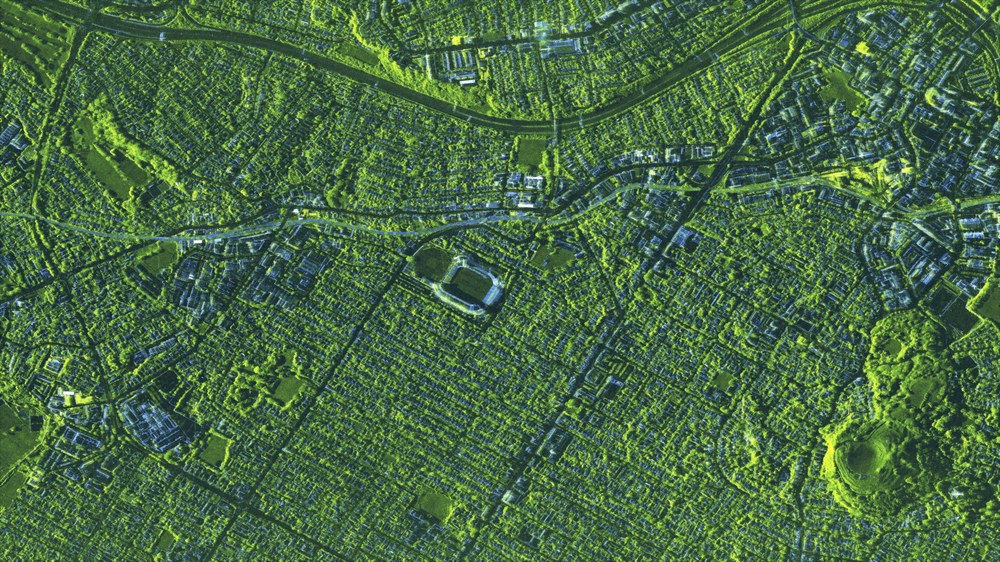
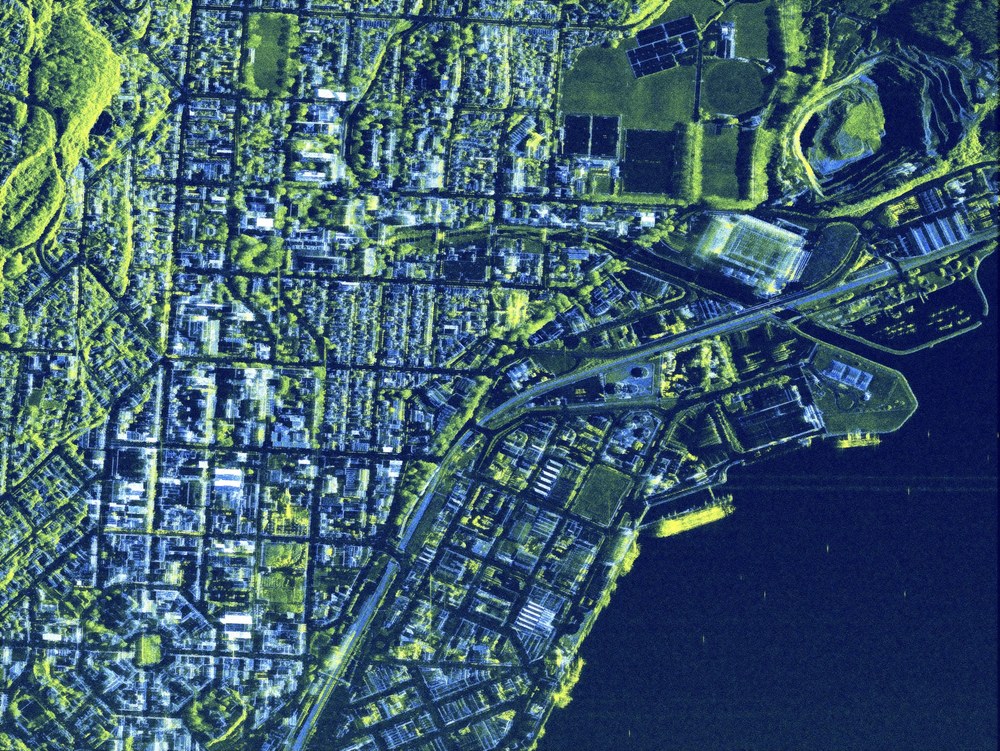
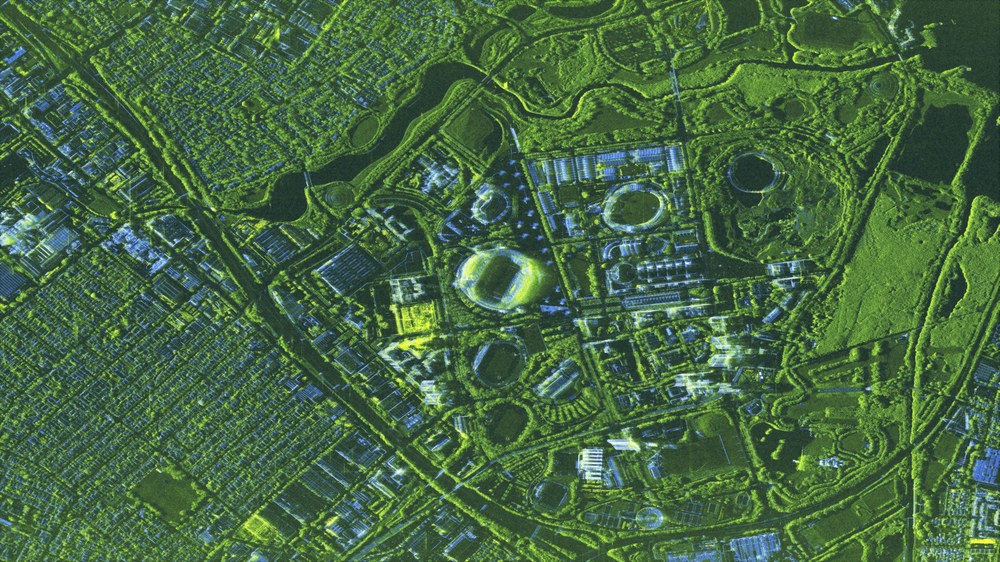
- The Women's World Cup will take place in Australia and New Zealand from 20 July 2023.
- The radar satellite duo TerraSAR-X and TanDEM-X imaged the tournament venues from space between May and July this year.
- By combining sever images, vegetation such as parks or meadows appear in green and can be distinguished from urban buildings in blue/white.
- An elevation model of each venue was also generated.
- Focus: Space, remote sensing, radar technology
The FIFA Women's World Cup will take place in Australia and New Zealand from 20 July to 20 August 2023. To mark the occasion, the latest TanDEM-X highlight invites you on a virtual trip down under. With these high-resolution images of the World Cup stadiums acquired from orbit, the radar satellites TerraSAR-X and TanDEM-X are setting the mood for the sporting event of the summer.
The venues for the FIFA Women's World Cup include five stadiums in Australia and five in New Zealand. The opening match will take place at Eden Park in Auckland, New Zealand's largest city. The final will be played at Stadium Australia (also known as Accor Stadium) in Sydney. The radar satellite duo TerraSAR-X and TanDEM-X acquired high-resolution imagery of the World Cup stadiums using staring spotlight mode between May and July 2023. The images shown here are the result of combining several images in such a way that solid structures such as the stadiums and urban buildings appear blue/white, vegetation such as parks or meadows and objects that changed location between the acquisition of the three images, such as the ships in image 3, appear in green/yellow. An elevation model of each venue was also created in order to accurately situate each stadium within its respective city.
The opening game of the 2023 World Cup will take place at Eden Park in Auckland (image 1). It is the largest stadium in New Zealand, capable of holding an audience of 50,000 people, and is located in a residential area southwest of the city centre. Since its opening in 1900, it has been repeatedly expanded and extended. The stadium is used for cricket matches in summer and as a rugby stadium in winter. It has hosted the finals of the Cricket and Rugby World Cups on several occasions.
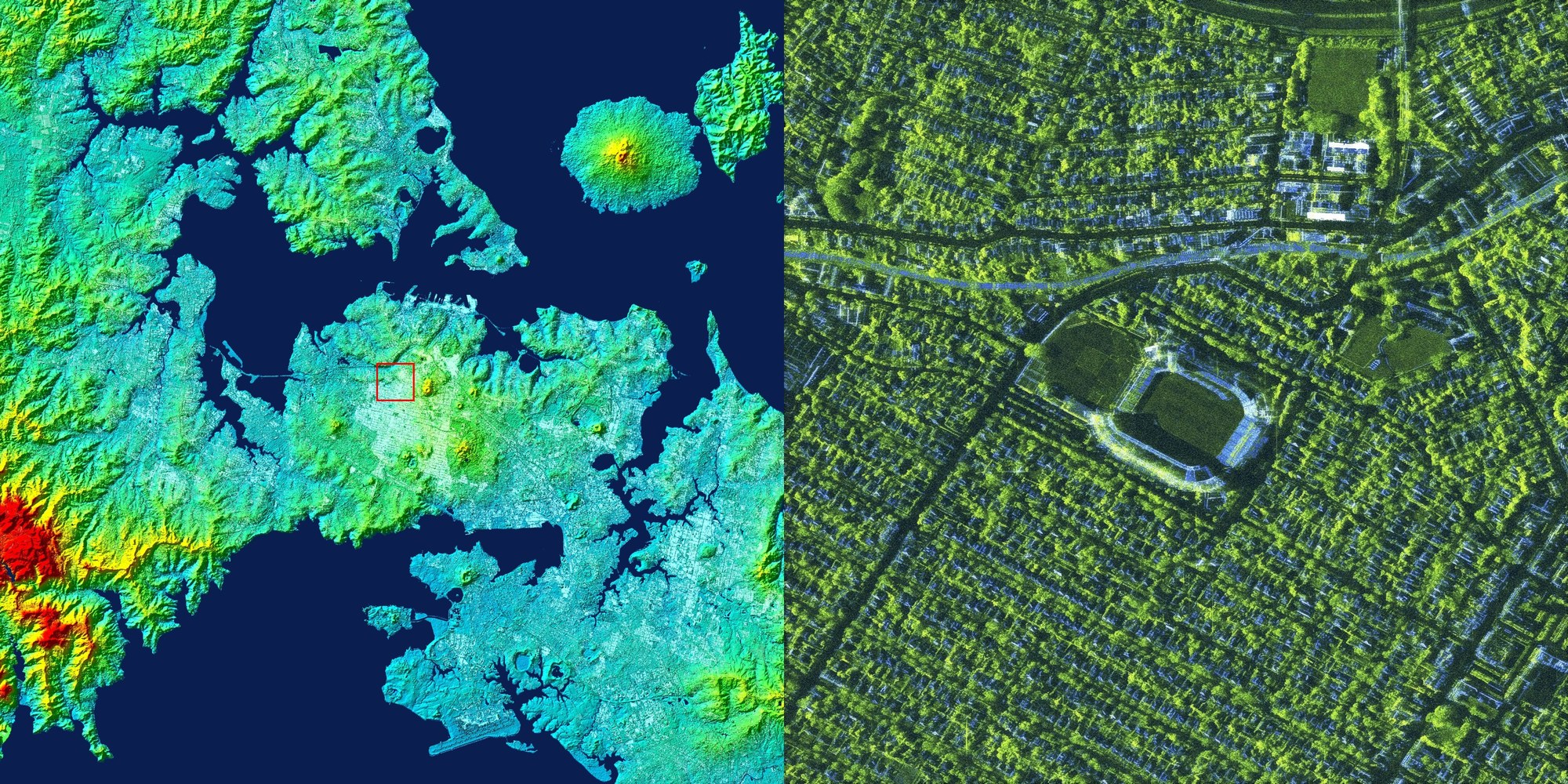
The Forsyth Barr Stadium (image 2) in the New Zealand city of Dunedin is a covered rugby and football stadium (visible in the image on the right). The stadium is colloquially referred to as the 'Glasshouse' due to the glass-like appearance of the roof, which is actually made of the transparent high-performance plastic ETFE. This material is also used in the roof of the Allianz Arena in Munich. It seats 30,748 people and opened in 2011.
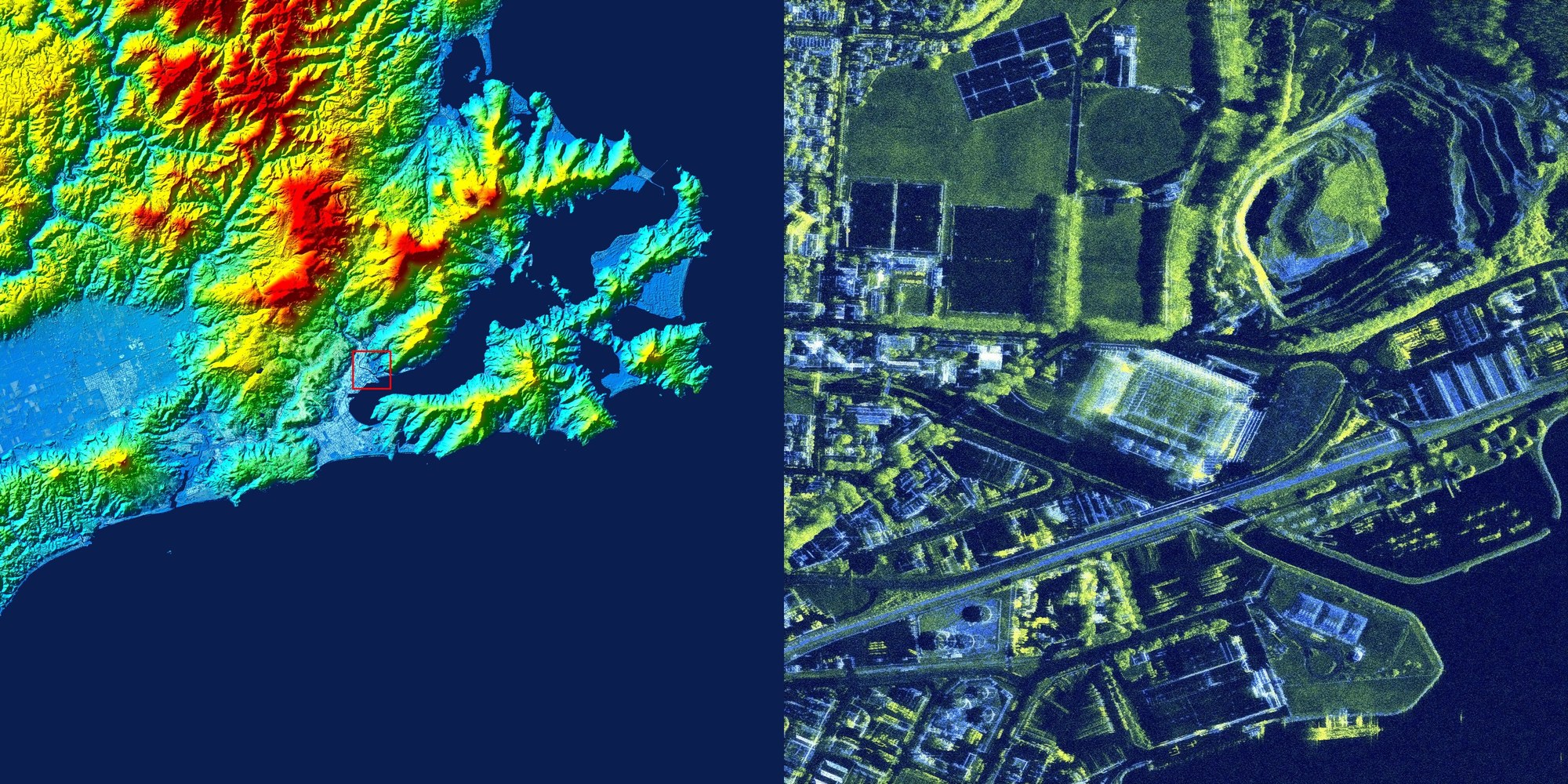
The Wellington Regional Stadium (image 3) in New Zealand's capital city, Wellington, has 36,000 seats. The arena opened in 2000 and is primarily used for rugby, football and cricket matches. Due to its architecture, locals often refer to it as 'The Cake Tin'.
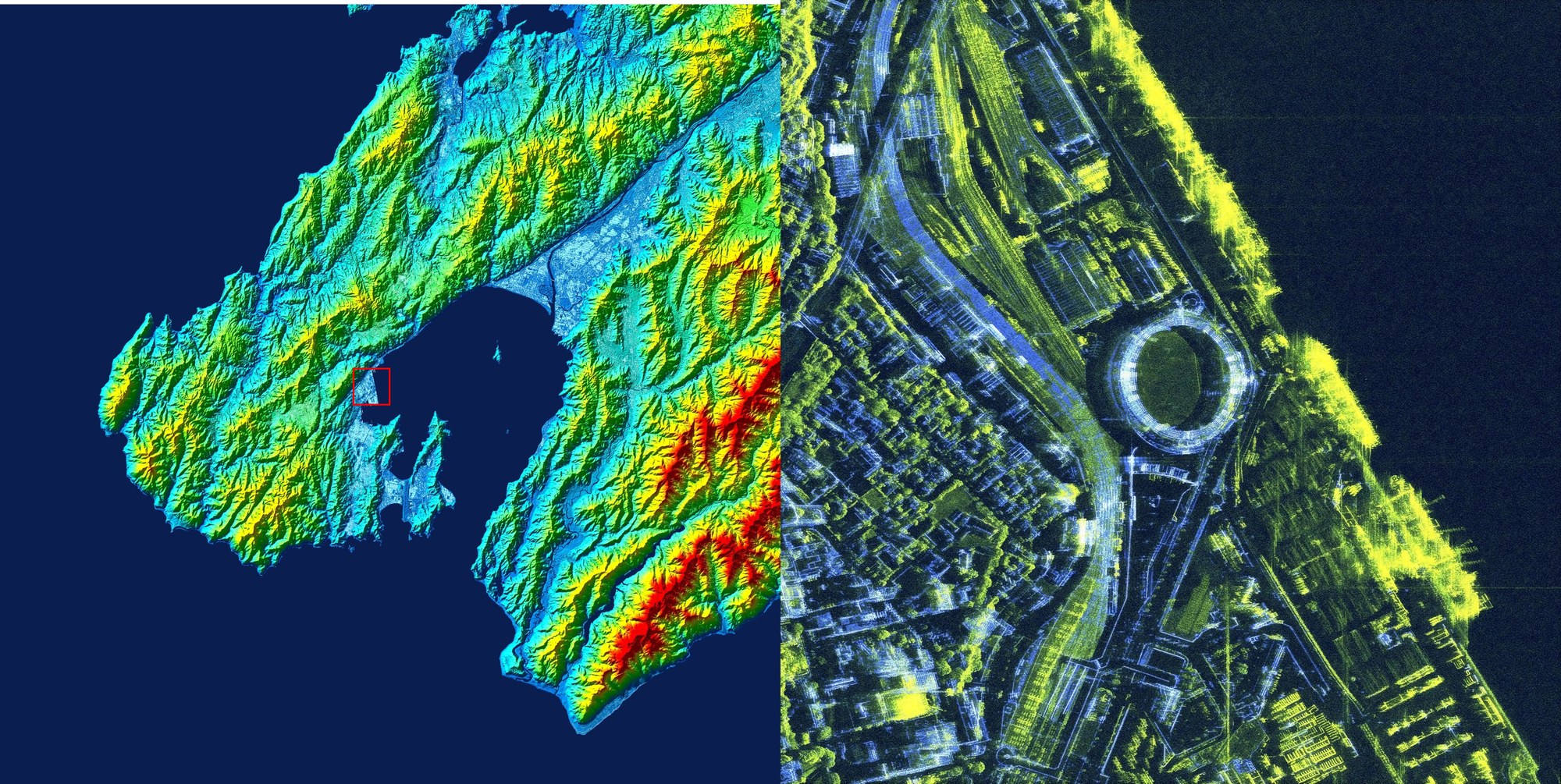
The Waikato Stadium (image pair 4) in the New Zealand city of Hamilton was opened in 2002. The stadium can accommodate 26,350 spectators for rugby and football matches.
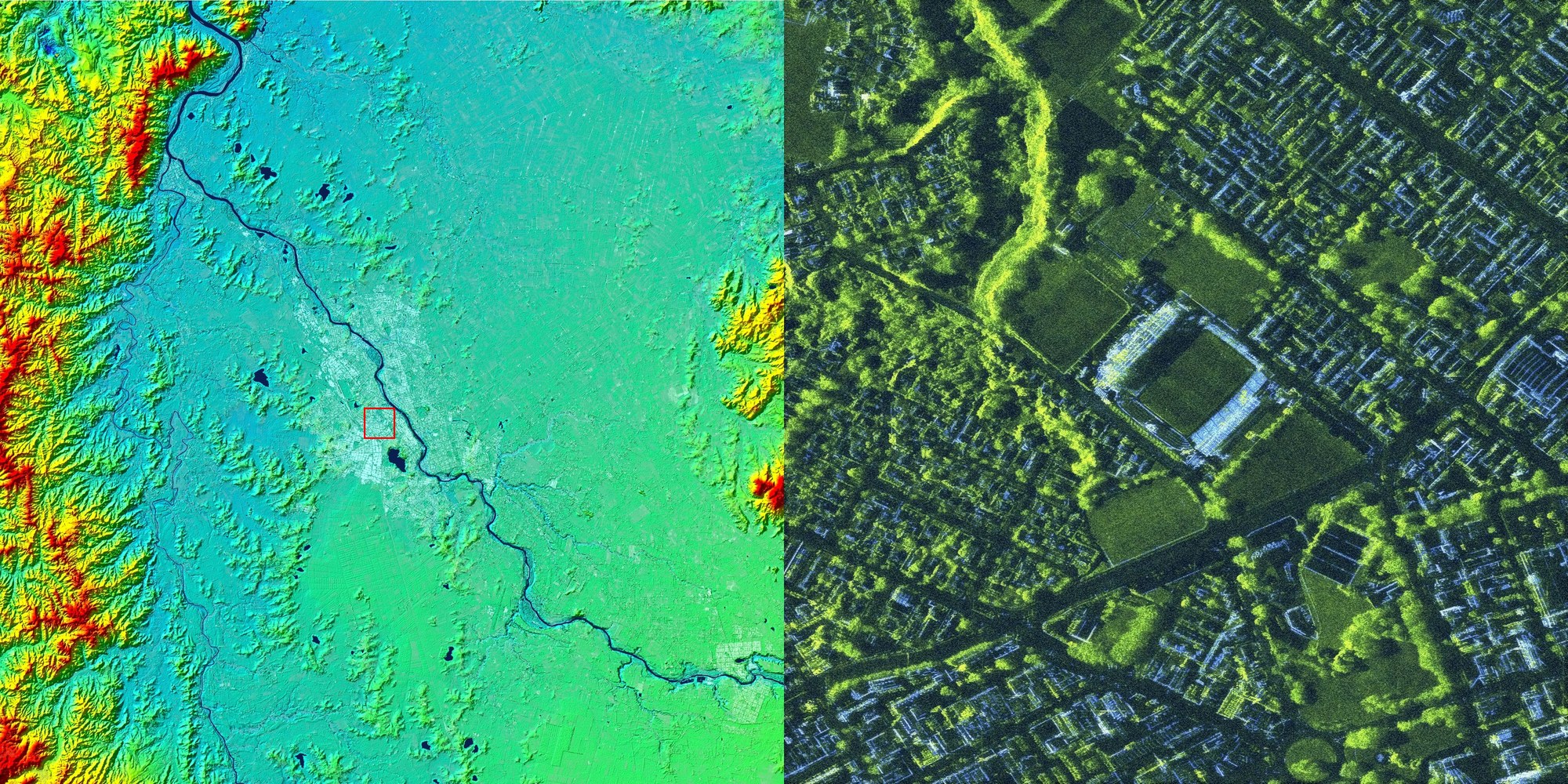
The German national team will play its first World Cup game at the Melbourne Rectangular Stadium (image 5) in Australia. Opened in 2010, this football and rugby stadium seats 30,050 spectators and is located in the centre of the image, to the south of the larger, circular Melbourne Cricket Ground. It has a geodesic dome roof, which consists of a series of domes made up of a grid structure composed of small triangles. In scientific geodesy, Earth's surface is surveyed using measurement points arranged in a similar triangular pattern. The spectator stands in the stadium are covered by 20 of these dome structures. The fine structure of the triangles leads to less radar backscatter, and as a result, this stadium cannot be seen as clearly as the nearby cricket stadium, which is covered by a large, reflective metal structure.
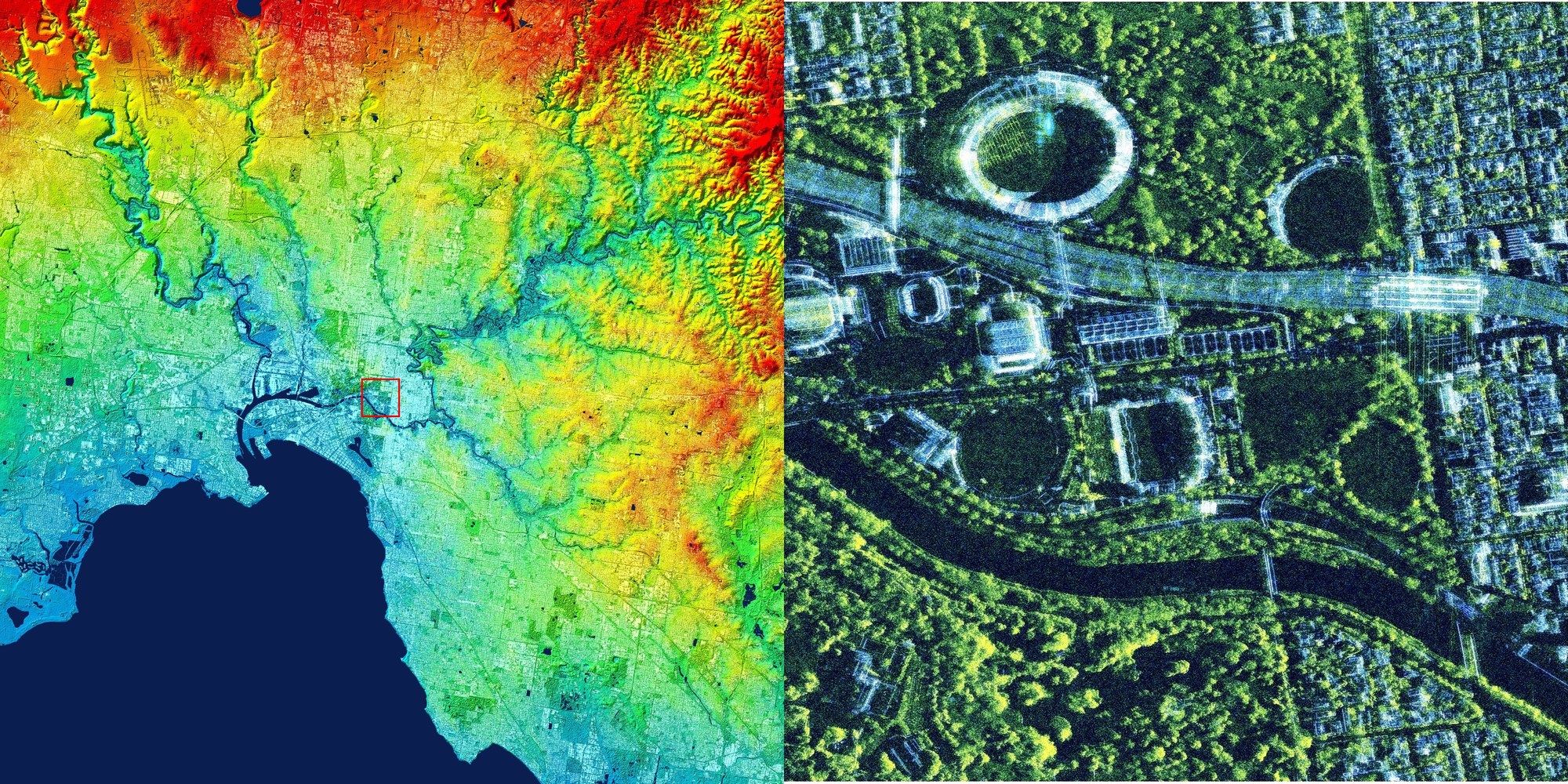
The Perth Rectangular Stadium, or HBF Park (image 6), in Perth, Australia, is a football, rugby and cricket stadium. It has a seating capacity of 20,500 and holds as many as 32,000 people for events such as concerts. Built in 1910, it has been renovated and expanded several times.

Hindmarch Stadium, or Coopers Stadium, in Adelaide (image 7) is used as a venue for rugby and football matches. It was built in 1960 and renovated in 2000. With only 16,500 seats, it is the smallest stadium to serve as a venue at this World Cup.
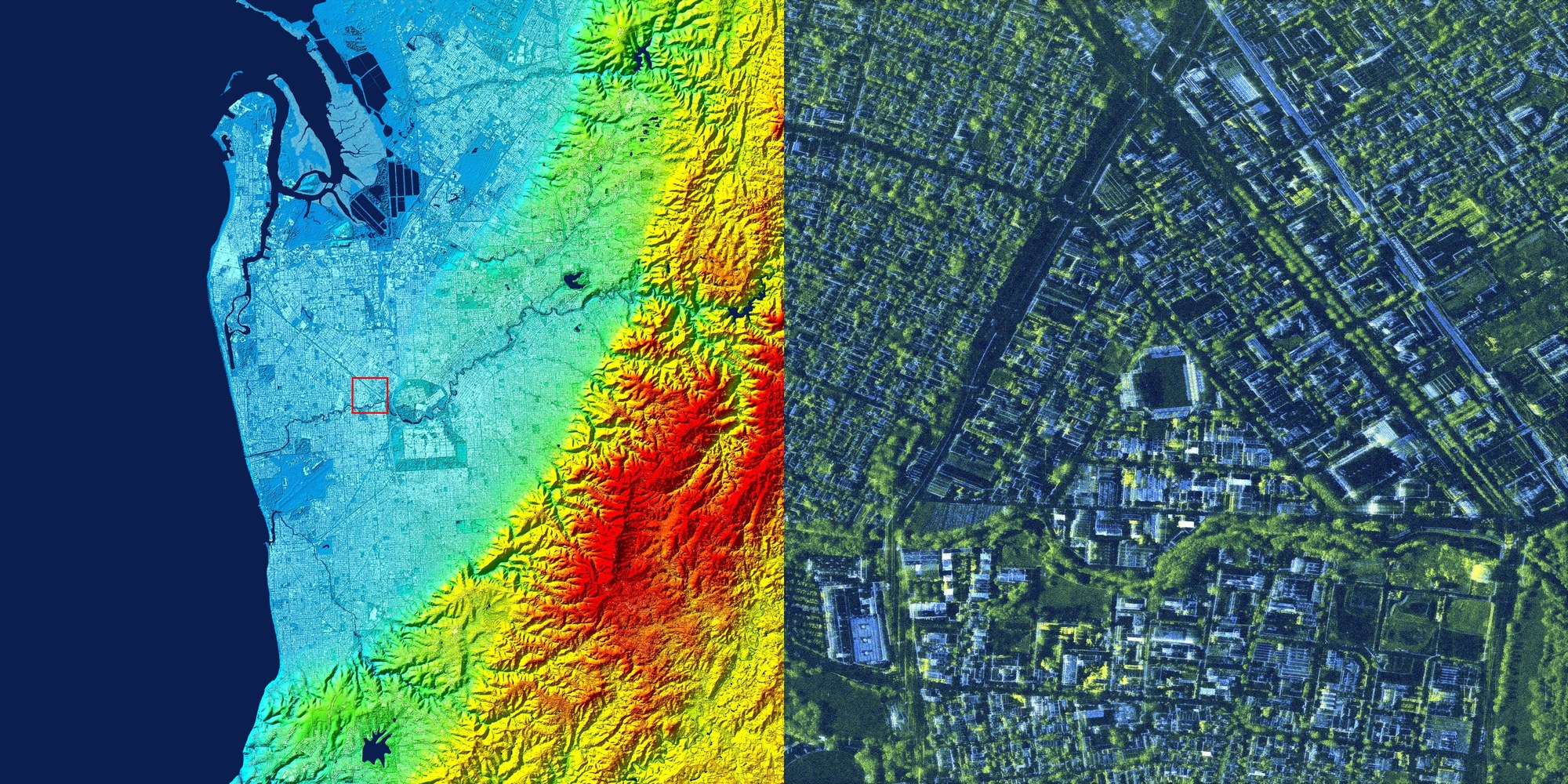
The Suncorp Stadium (image 8) is a football and rugby stadium located in the Australian city of Brisbane. It was opened in 1914 and has been expanded and renovated multiple times. The stadium has a capacity of 52,500 spectators. Formerly known as Lang Park, the stadium was built on what was once the site of a cemetery.

Sydney Football Stadium, formerly known as 'Aussie Stadium' and 'Allianz Stadium' (image 9), in Sydney, New South Wales, is a football and rugby stadium which opened in 2022 in the suburb of Moore Park. It holds 42,500 people and is clearly visible in the multi-temporal TerraSAR-X images. Sydney Cricket Ground can also be seen to the south.

Finally, Accor Stadium (image 10) in Sydney, which was built for the 2000 Summer Olympics and is known as 'Stadium Australia', is a football and rugby stadium in the Wangal district, approximately 13 kilometres west of the city centre. It holds 83,500 spectators, making it the largest venue for this World Cup and the venue for the competition's final.
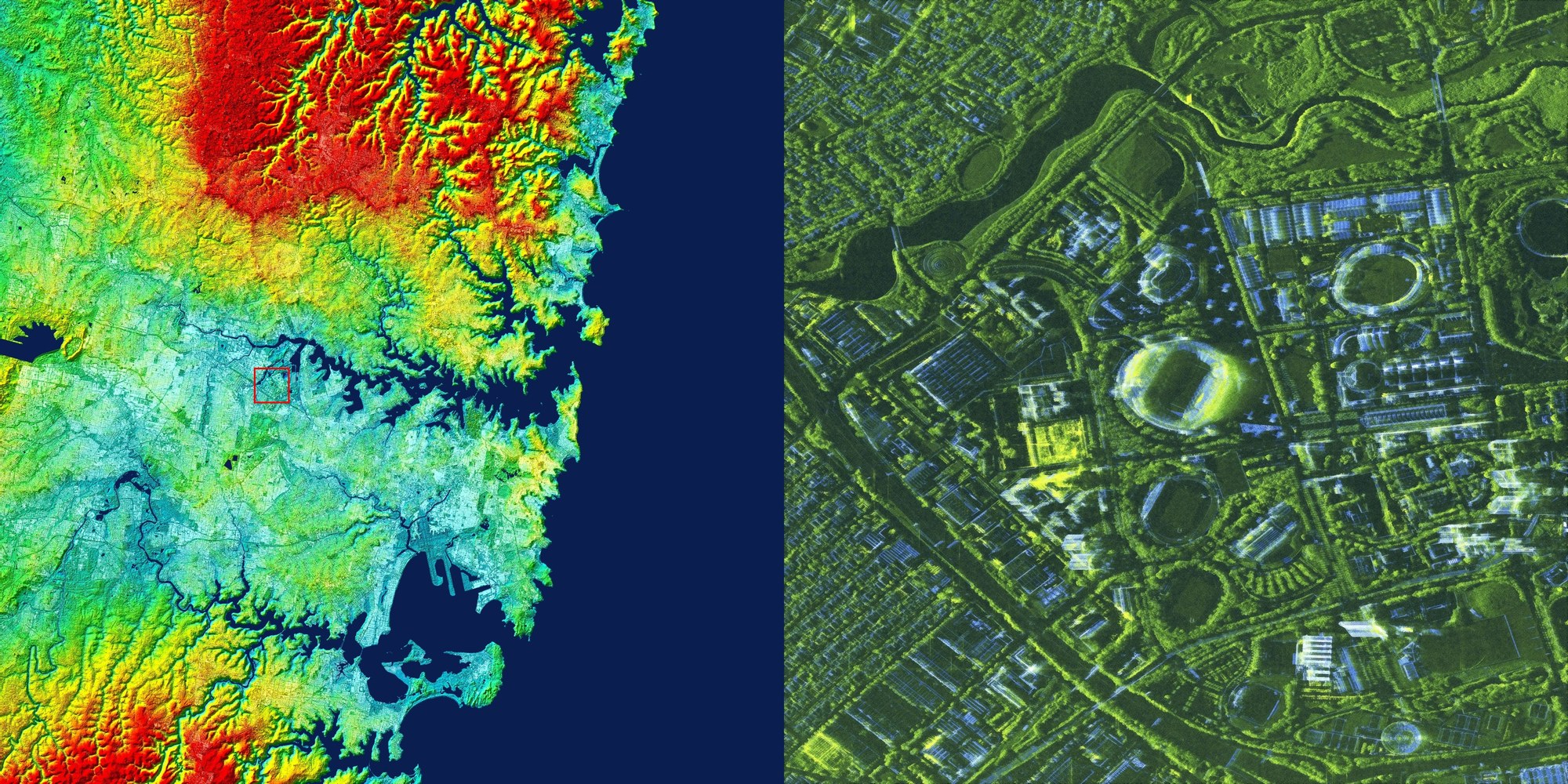
About the mission
The TerraSAR-X and TanDEM-X missions were realised on behalf of the German Aerospace Center (Deutsches Zentrum für Luft- und Raumfahrt; DLR) with funding from the Federal Ministry for Economic Affairs and Climate Action. They are the first German satellites to be realised within the framework of a Public Private Partnership (PPP) between DLR and Airbus Defence and Space GmbH.
DLR is responsible for the construction and operation of the ground segment as well as for the scientific use of the data and its distribution to external researchers worldwide. Airbus Defence and Space GmbH contributed to the costs of developing, constructing and launching the satellites. The ‘Geo-Intelligence’ programme line at Airbus D&S is responsible for the commercial marketing of the data. Since 2016, the project has continued under a follow-on agreement with Airbus.
TerraSAR-X and TanDEM-X are particularly suitable for observing changes on Earth's surface. They can be used to acquire two- and three-dimensional imagery with high resolution and independent of weather conditions and daylight. Both satellites provide high-quality radar images for a wide range of applications in the scientific, commercial and security sectors.
